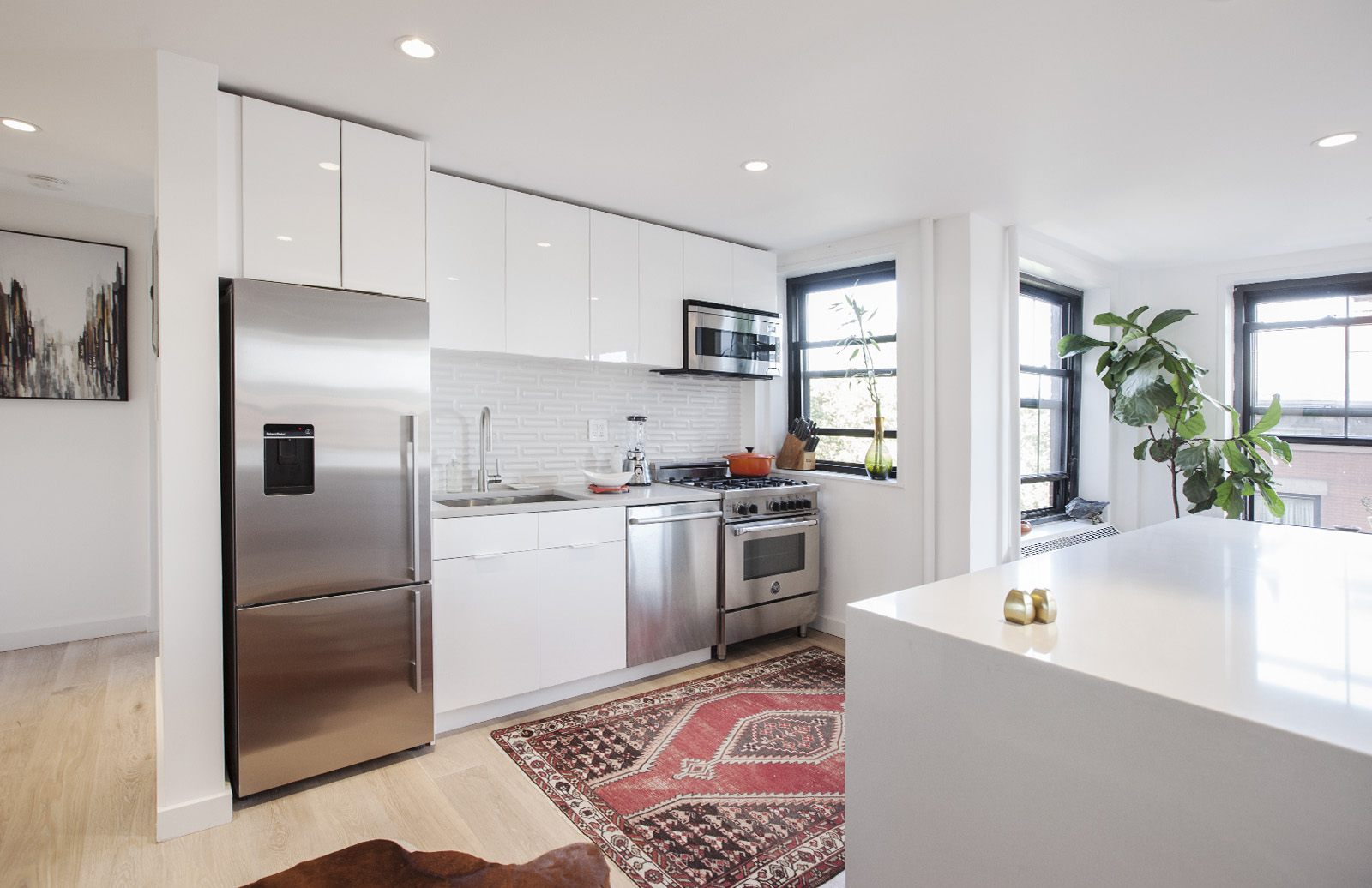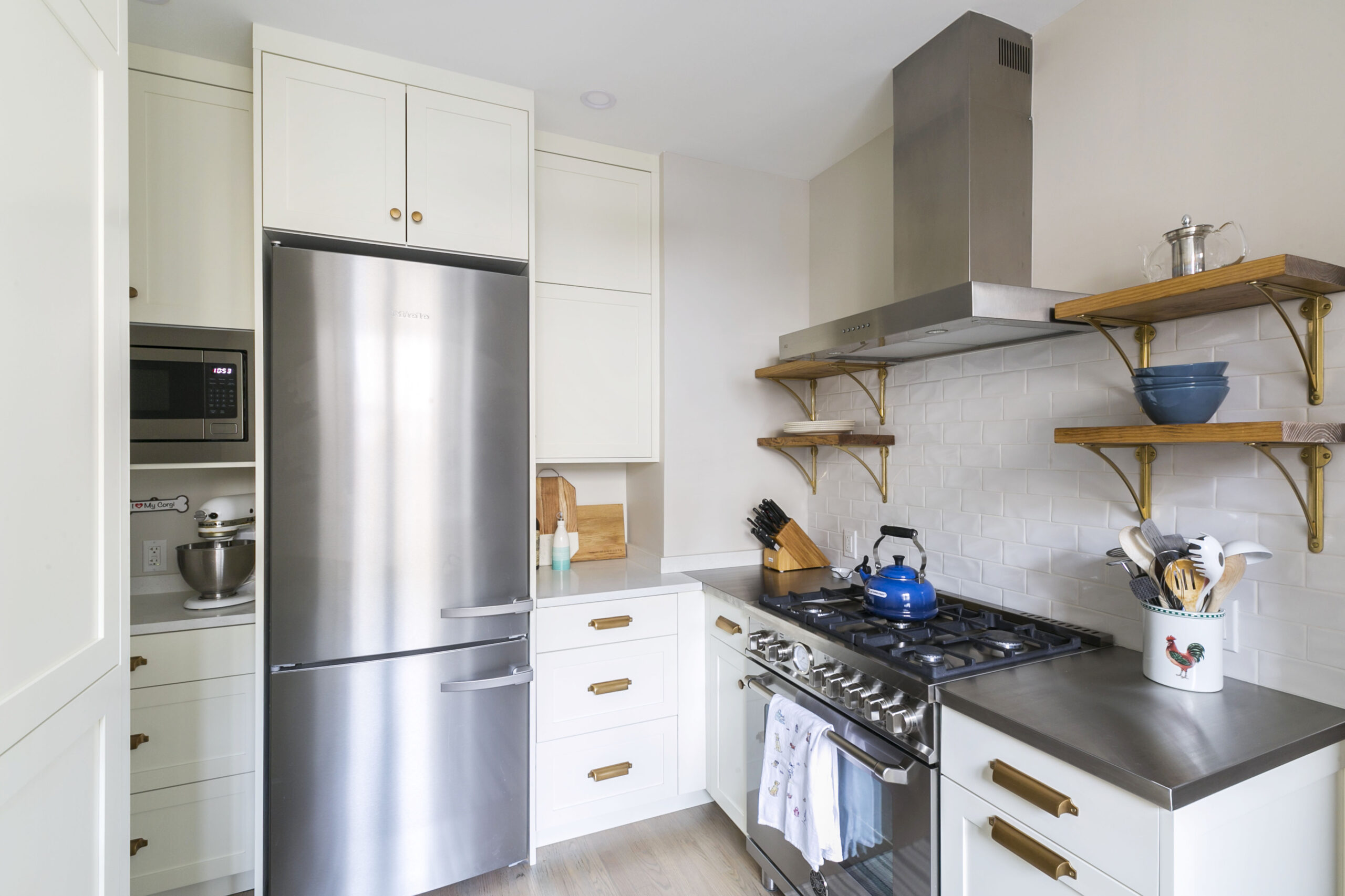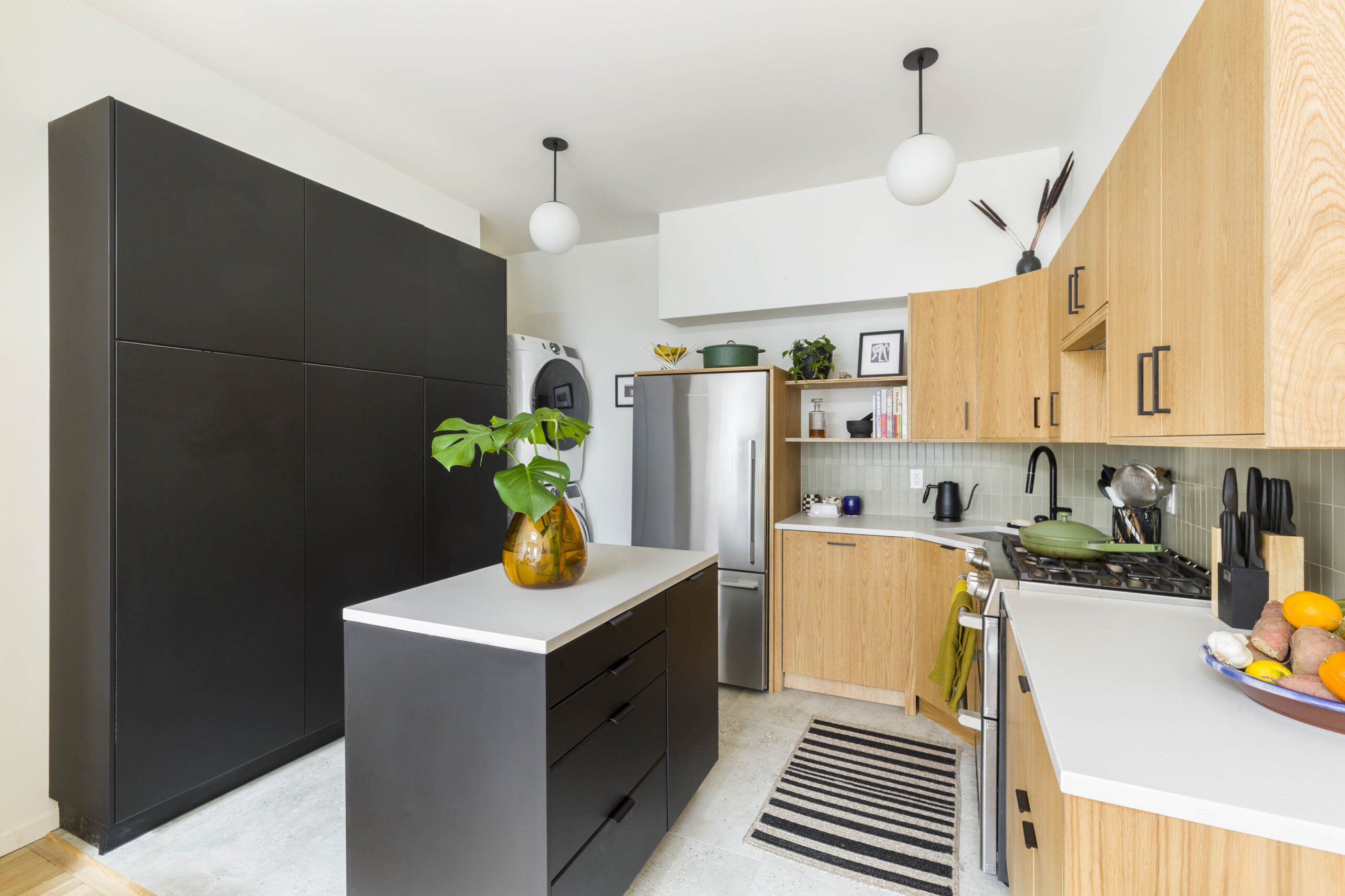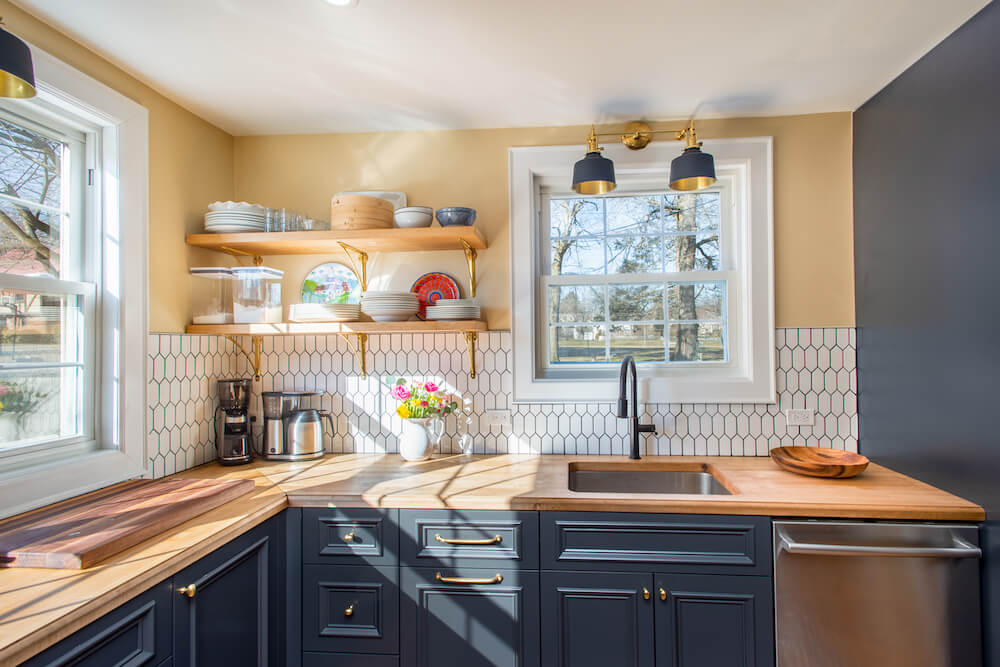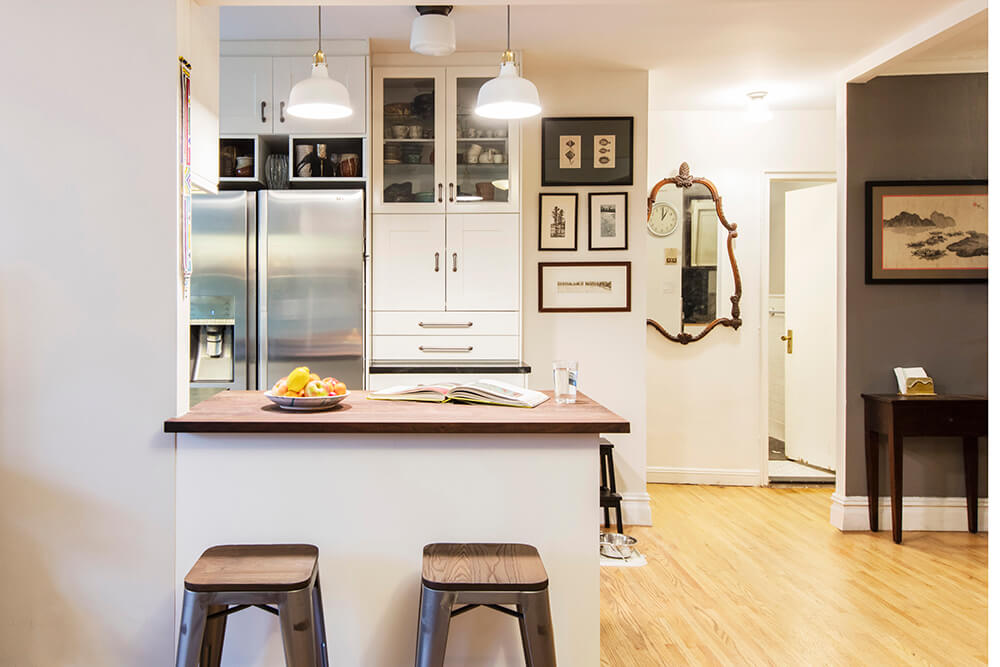Induction Cooktops 101: Your Guide to Smarter Cooking
How do you like to cook? Are you a gourmet chef in the making, hosting elaborate dinner parties? Or are you simply looking for a quicker, more efficient way to get delicious meals on the table for your busy family? If you answered yes to any of these, it’s time to discover one of the hottest “new” entries in home cooking: the induction cooktop.
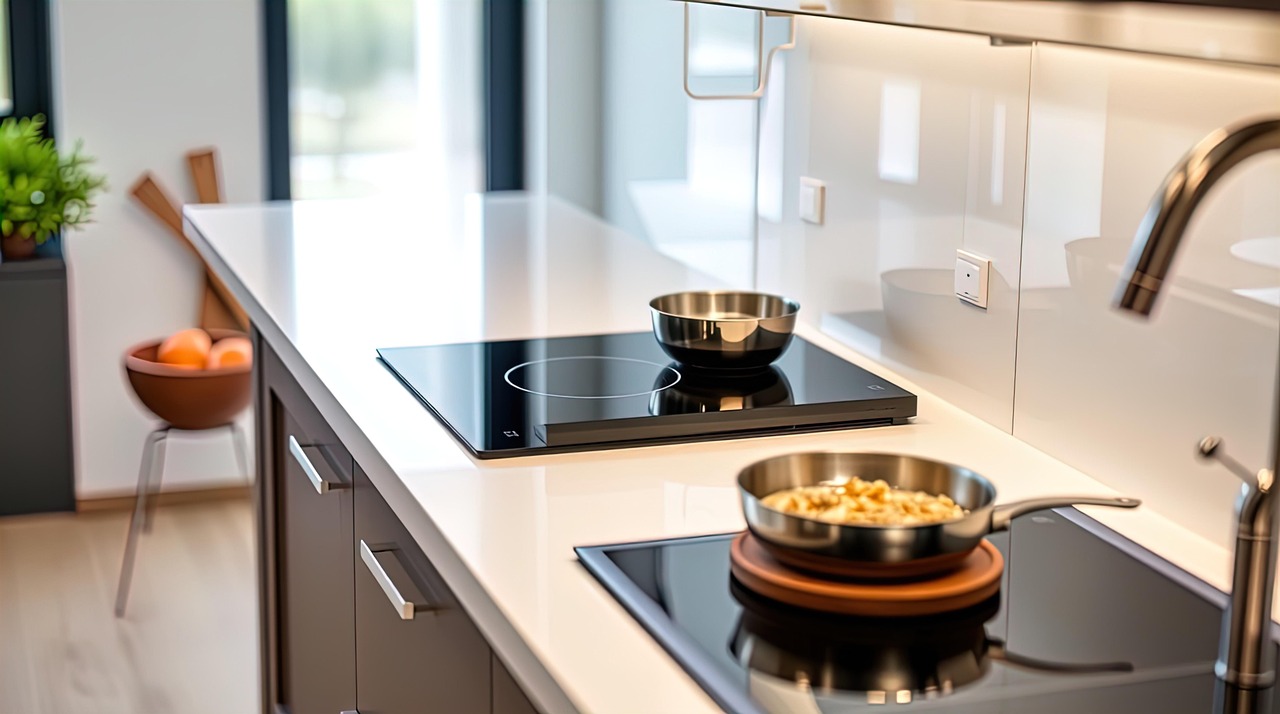
While induction cooking has been around for decades, its popularity is currently surging in the U.S. Why the sudden buzz? Several factors are at play. Increased demand has driven prices down significantly; you can now find excellent models for under $1,000, a fraction of their previous cost. This affordability, combined with the desire for sleek, uncluttered kitchen designs, makes induction a compelling choice. Furthermore, the precision and remarkable speed of induction cooking appeal to Americans increasingly pressed for time, eager to shave precious minutes off meal preparation.
Post your project on Sweeten for free and make your dream renovation a reality. Sweeten simplifies home renovation by connecting homeowners with top-rated general contractors, handling the vetting process and project management. To learn more about how we can help, check out our home renovation services.
What Exactly Is Induction Cooking?
At its core, induction is a unique method of generating heat for cooking. Unlike traditional gas or electric radiant cooktops, induction works by creating an electromagnetic field directly with your cookware. In essence, your metal pot or pan becomes an integral part of the heating system itself.
How Does the Magic Happen?
Beneath the smooth, tempered glass surface of an induction cooktop lies an induction coil. When you activate a cooking zone, an electrical current flows through this coil, generating an invisible electromagnetic field. When a compatible pan is placed on the zone, the iron molecules within the pan’s base begin to vibrate rapidly. It’s this internal friction within the pan’s material that generates the heat, cooking your food. Sweeten brings homeowners an exceptional renovation experience by personally matching trusted general contractors to your project, while offering expert guidance and support—at no cost to you. Renovate expertly with Sweeten
Crucially, the cooktop surface itself does not produce heat. It only becomes warm from residual heat transferred from the hot pan. This means that if you turn on a burner without a pan on it, the surface remains cool to the touch. Once the pan is removed, the electromagnetic connection is broken, and heat generation stops instantly. This inherent safety feature is a significant advantage, especially in homes with children or pets.
Induction vs. Other Cooktop Technologies: A Clear Difference
The fundamental difference lies in how heat is generated. Unlike gas cooktops with their open flames or electric radiant cooktops with their glowing coils, induction relies on an electromagnetic reaction with the cookware. This means:
- No Exposed Heat Source: No flames, no glowing coils. Heat is only produced when the appropriate cookware is in contact with the activated zone.
- Targeted Heating: Heat is confined precisely to the circumference of the pan. This minimizes wasted energy, as heat isn’t escaping into the surrounding kitchen air.
The Undeniable Benefits of Induction
While any cooktop can prepare a meal, induction offers a suite of distinct advantages that elevate the cooking experience:
- Unparalleled Safety: With heat generated directly in the pan and the cooktop surface remaining relatively cool, the risk of accidental burns is significantly reduced. This makes induction a top choice for families with young children or elderly members.
- Precise Temperature Control: Induction offers incredible precision, rivaling gas in its ability to maintain exact temperatures. Whether you’re gently melting chocolate, simmering a delicate cream sauce, or bringing pasta water to a rapid boil, induction provides consistent and immediate control.
- Blazing Speed: The direct transfer of energy to the pan means incredibly fast heating. Manufacturers often boast that a quart of water can boil in less than two minutes – significantly faster than gas or traditional electric radiant cooktops.
- Superior Energy Efficiency: Because heat is generated directly within the cookware and not dispersed into the air, induction cooktops are remarkably energy-efficient. Less energy is wasted, translating to lower utility bills.
- Effortless Cleaning: The smooth, continuous glass surface lacks the nooks, crannies, and grates of gas cooktops. Since the surface mostly stays cool during cooking, spills rarely bake on, making cleanup as simple as a quick wipe with a cloth.
Sweeten simplifies home renovation. We connect homeowners with top-rated general contractors, handling the vetting process and project management. To learn more about how we can help, check out our guide to home renovation services.
Beyond the Basics: Noteworthy Innovations
The unique functionality of induction has spurred a wave of innovative features:
- Flexible Cooking Zones: Many manufacturers offer cooktops with multiple cooking zones that can be “bridged” together to create larger, continuous heating areas – perfect for oversized griddles, roasting pans, or Dutch ovens.
- Smart Features: Brands like Gaggenau allow for free positioning of cookware within combined cooking areas, while Thermador offers a memory feature that transfers power settings if you move a pot.
- Specialized Burners: BlueStar provides a warming burner at 150 degrees and a powerful Power Boost feature (5,500 watts) designed to bring a gallon of water to a rolling boil in just minutes.
- Wok Compatibility: Historically, induction wasn’t ideal for traditional round-bottom woks. However, innovations like Jenn-Air’s induction wok module now cater specifically to this cooking style.
Installation and Replacement Considerations
Induction cooktops are designed to standard dimensions (24, 30, 36, and 48 inches), making them a straightforward replacement for existing gas or radiant cooktops, provided you have the appropriate electrical hookup and voltage.
If you’re planning to install an induction cooktop over a wall oven, it’s generally best to choose both appliances from the same manufacturer to ensure compatibility. Always consult with your general contractor and review the installation instructions for both units. It’s also worth noting that many manufacturers offering induction cooktops also offer full ranges with induction tops.
Is Your Cookware Compatible?
This is a critical point: Induction cooking requires ferromagnetic cookware, meaning pots and pans with an iron core.
- Test Your Current Cookware: A simple magnet test is all you need! If a magnet sticks firmly to the bottom of your pot or pan, it’s induction compatible. Your cast iron pieces and most stainless steel cookware should work perfectly.
- What Won’t Work: Glass, ceramic, copper, and aluminum cookware without a magnetic base will not work on an induction cooktop, as they lack the necessary iron core for the electromagnetic reaction. Factor in the potential need to replace some of your existing pots and pans if you’re making the switch.
Care and Maintenance: Keeping Your Cooktop Pristine
One of the greatest joys of an induction cooktop is its ease of cleaning. Since unused areas remain cool, most spills and splatters won’t bake onto the surface. The exception can be sugary foods like sauces or sweet potatoes, which should be wiped up quickly with a sponge.
The smooth, continuous surface makes it significantly easier to maintain a sparkling clean cooktop compared to the contours and grates of a gas model.
Important Cleaning Tips:
- Use the Right Cleaner: Only use cleaners specifically designed for ceramic or glass cooktops. Regular glass cleaners containing ammonia can mar the surface.
- Lift, Don’t Slide: Always lift your pots and pans when moving them on the cooktop; never slide them, as this can lead to scratches.
Ready to Embrace the Future of Cooking?
The array of features and advancements in induction technology offers an incredible range of choices for the home cook. With so much selection, where do you begin? When shopping for an induction cooktop, always ask for demonstrations. Many showrooms even offer cooking classes, providing a hands-on opportunity to experience the benefits of induction firsthand. After all, who doesn’t want a little romance before making a long-term commitment to their kitchen?
Planning to renovate? Get cost estimates from our GCs for free!
Get matched with our vetted general contractors and receive at least 3 quotations for free! You can also find endless home renovation inspiration, detailed guides, and practical cost breakdowns from our blogs.
